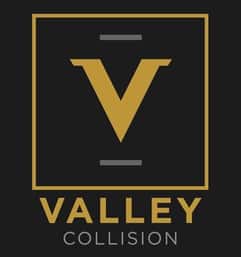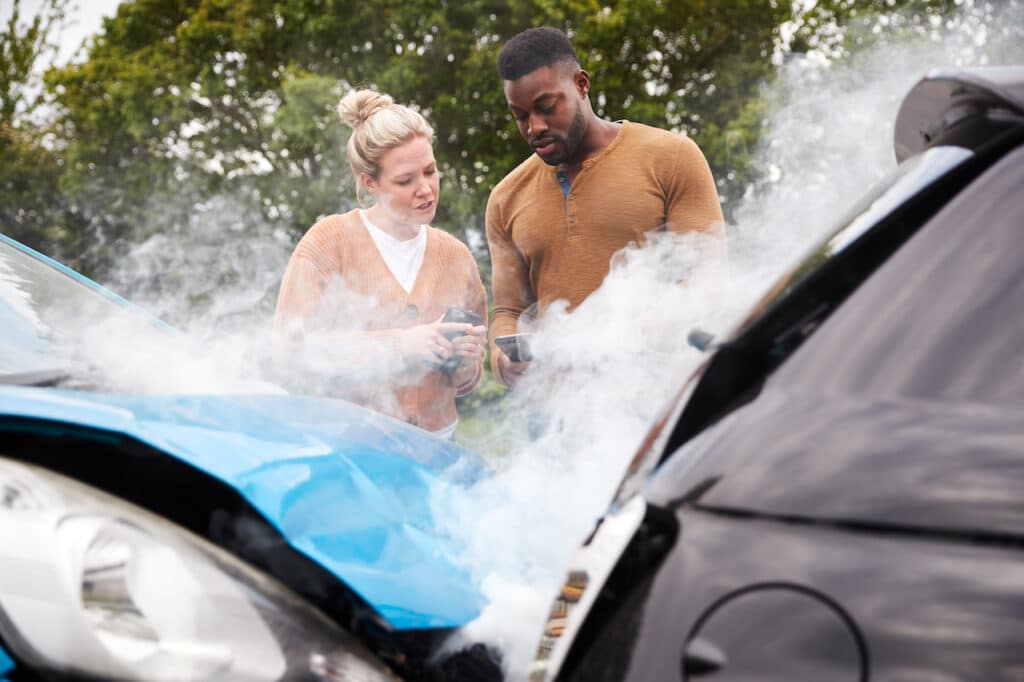Have you experienced the chaotic aftermath of a car accident? The overwhelming stress, the looming concern for injuries, the daunting insurance claims, and the inevitable vehicle repairs all pile up to create a whirlwind of uncertainty.
In this blog, we’re diving into the world of post-crash repairs, focusing on the intricate differences between front-end and rear-end collisions. By understanding these distinctions, you’ll gain a roadmap to steer through the repair process, lightening your load and empowering yourself in the process.
What’s the Difference Between These Two Repairs?
The area of your vehicle that gets damaged makes a big difference in terms of repair. Here are the main things to know:
Front-End Collision Repair
This type of impact usually causes significant damage to the hood, grille, headlights, bumper, and engine. A front-end collision requires immediate and extensive work on the damaged components since it can compromise the safety of your car.
Rear-End Collision Repair
These collisions usually result in damage to the trunk, tail lights, bumper, and frame. Rear-end accidents may also cause fuel leaks, which can lead to additional repairs if not addressed correctly.
Which Collision Causes the Most Damage?
While both types of accidents can result in serious damages, front-end collisions are generally considered more dangerous than rear-end collisions due to the amount of force involved. These accidents can also cause more significant financial losses, given the extensive damage to various components of your vehicle.
Assessing Damage: Which Signs Are Dangerous
After an accident, it’s crucial to assess the damage to your vehicle and determine whether it can be driven safely. Here are signs that your car should be taken to a repair shop immediately:
Front-End Collision
- Bent hood or frame
- Broken windshield or other windows
- Injuries to the engine
- Smoke from under the hood
Rear-End Collision
- Misaligned trunk or tail lights
- Bent bumper or frame
- Leaking fluids
What Happens During the Collision Repair Process?
Once you’ve assessed the damage, it’s time to take your vehicle to a trusted repair shop. The process typically involves the following steps for both front-end and rear-end collisions:
- Initial assessment and estimate of damages
- Disassembling damaged components for closer inspection
- Replacement or repair of damaged parts, frame, and structure
- Alignment and painting of new or repaired components
- Reassembly and final inspection
While the basic steps are similar for both types of collisions, front-end collision repair usually involves more intricate and extensive repairs due to the complexity of the vehicle’s structure in that area.
Top Cost Factors for Each Area of Repair
Factors influencing repair costs vary depending on the area of impact. For front-end collision repair, the cost will rely on the extent of damage to the engine, headlights, or radiator. Also, the need for replacement parts, particularly for newer or luxury vehicles, can drive costs up.
For rear-end collision repair, costs can increase depending on the severity of damage to the trunk, bumper, or frame, and whether there are leaks in the fuel system. Remember, always consult a professional for accurate estimates.
Trust Valley Collision for a High-Quality Repair Service
As a leading repair shop, Valley Collision has extensive experience in both areas of collision repair. Our team is highly trained to restore your vehicle to its pre-accident condition promptly—plus, we always stand behind our work with a warranty. Contact us today to schedule an estimate!

